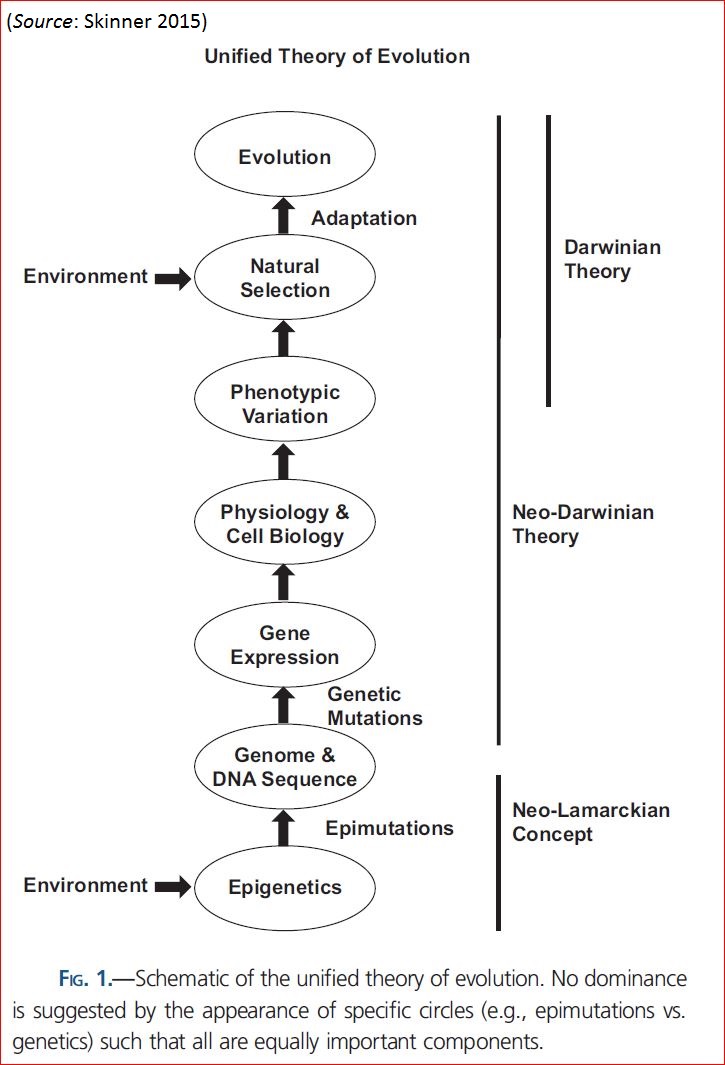See how the topics fit together
Middle School
Gaps in Middle School Environments

Middle school years are a time where gaps in background and resources begin to manifest themselves through measurable differences in standard markers like standardized tests.
Related Commentary
Explore this gap
Life Gaps
As with other measurable gaps, academic achievement gaps in middle school are strongly associated with gaps in the children’s home environment, namely geographic location and type of housing, education level of mother, etc.
Research Gaps
Scant and mixed evidence of the lasting effects of school-based interventions to reduce achievement gaps between socioeconomic classes. Summer learning gap. How do intervention methods translate to improved SES mobility, college acceptance and graduation? Career and income levels later in life?
Cost-Benefit Considerations
Dollars/student — State middle school average, charter, private
amount invested in charter schools, income integration, teacher training programs (like TFA), teacher salaries
Individuals and Organizations
Resources
See this Gap

Similar Charts
-
Legend One
-
Legend Two
-
Legend Three
-
Legend One
-
Legend Two
-
Legend Three

